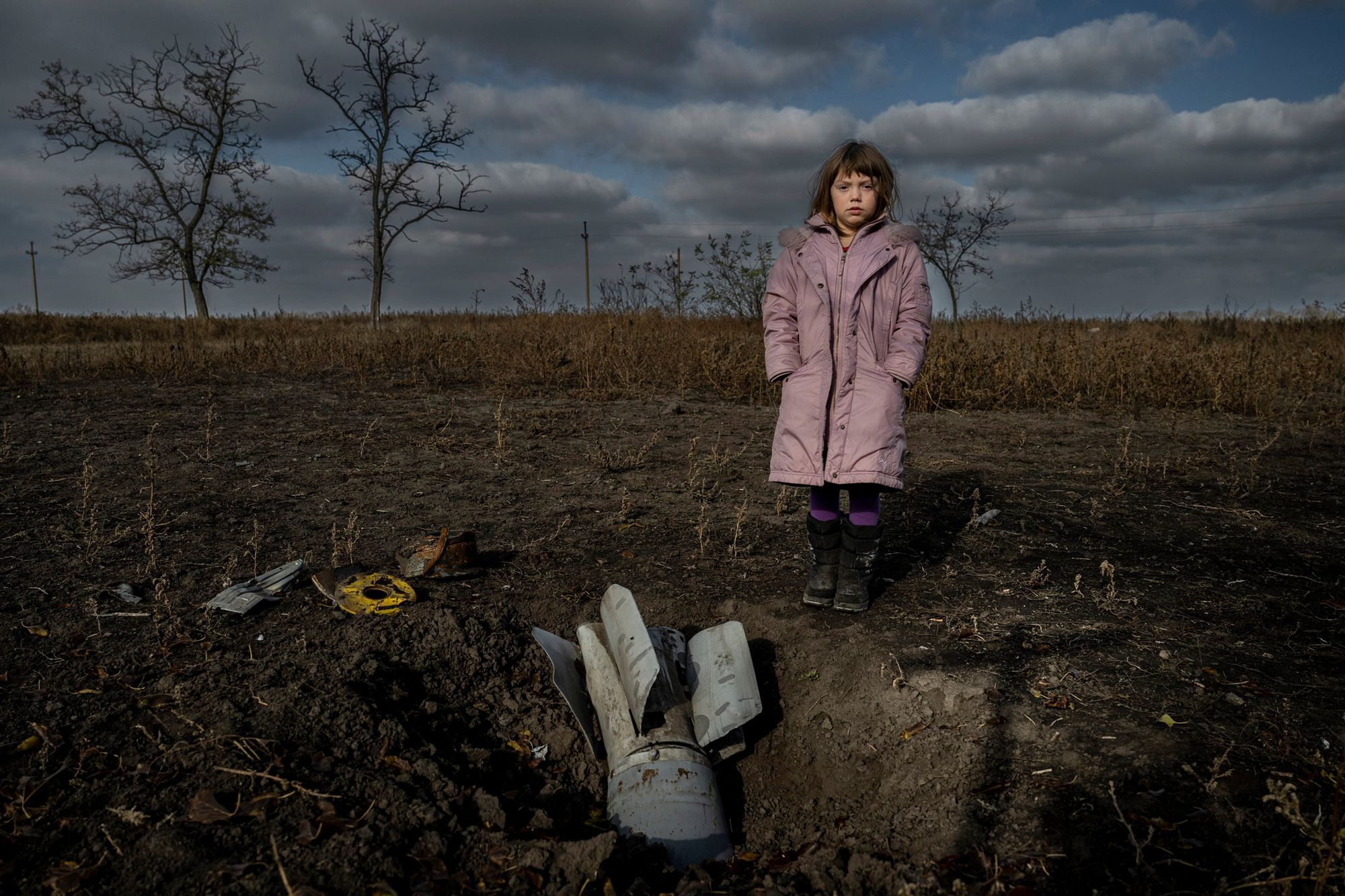András D. Hajdú, a multiple press photography award–winning freelance documentary photographer, has returned from his fifth trip to Ukraine, while his portrait of the defiant-looking little boy from Kherson has traveled the world.
“I haven’t photographed the war itself, because I am interested in human lives. Their joy, their sorrow, their problems: it is through micro-stories that I can capture the world. This way, I get inside the minds and hearts of others for a moment, so that I can truly understand them.”
András knew deep down that he would go to Ukraine, but he didn’t really have time to prepare, as, within days of the outbreak of the war, a Norwegian television channel (NRK) approached him to join their crew in Lviv. Since then, he has photographed in Kherson, Kyiv, Kryvyi Rih, the then more peaceful Odesa, and the border town of Mykolayiv. Although he is a family man who does not seek out unnecessary danger and he is no disaster tourist either, it is quite appropriate that he recently headlined the ‘Fearless’ section in the December issue of the National Geographic magazine in Hungary.
“We were on our way to Kherson with two buses full of press members when I was sitting in the back and suddenly Russian shots landed by us. I felt kind of claustrophobic because I knew that if anything happened, the only way out was through the window. I froze, but I didn’t panic, because I kept thinking, what could I break the window with other than my camera if things go south,” recalls Anrdás his most harrowing experience, also stressing that, fortunately, he hasn’t really experienced anything more severe.
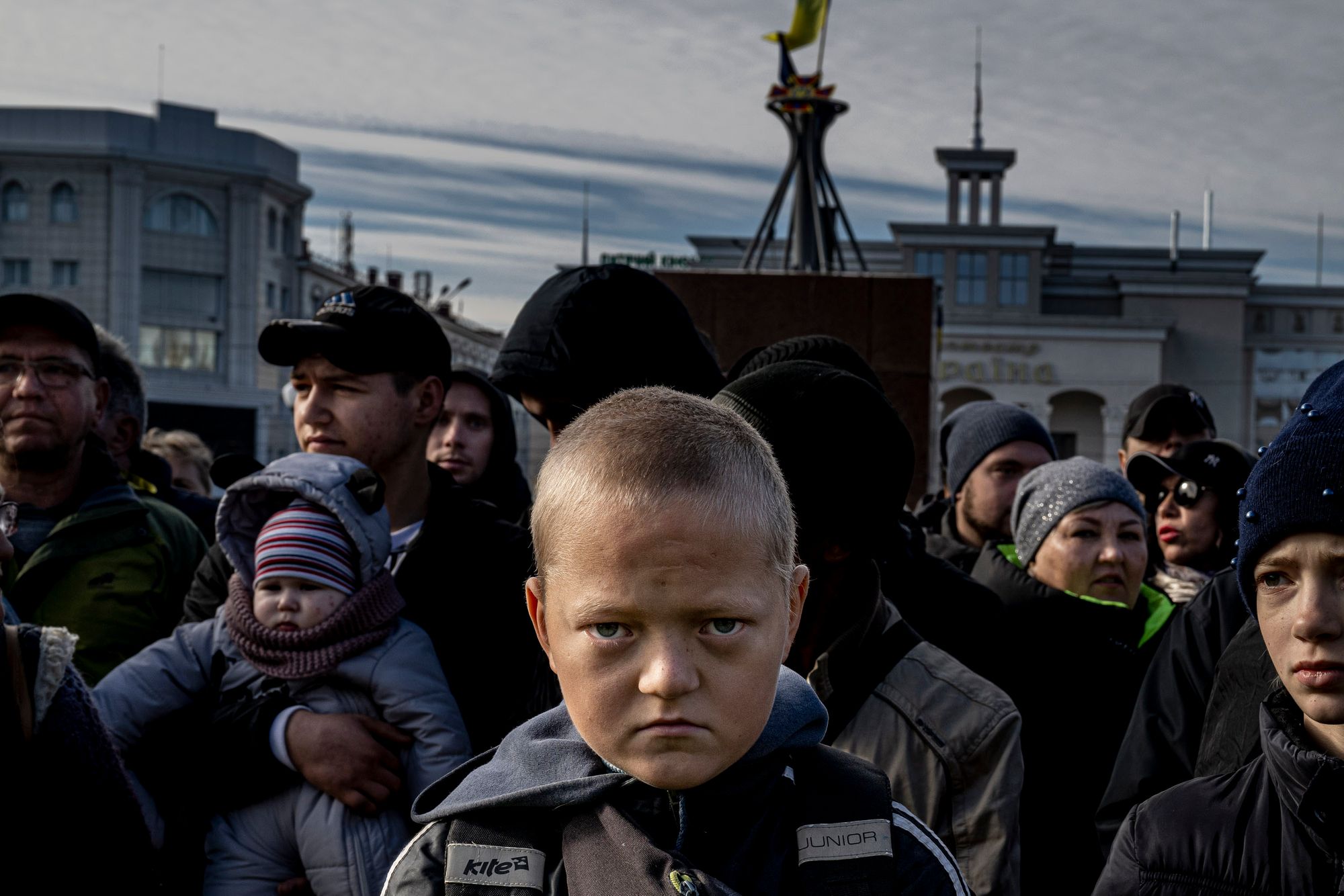
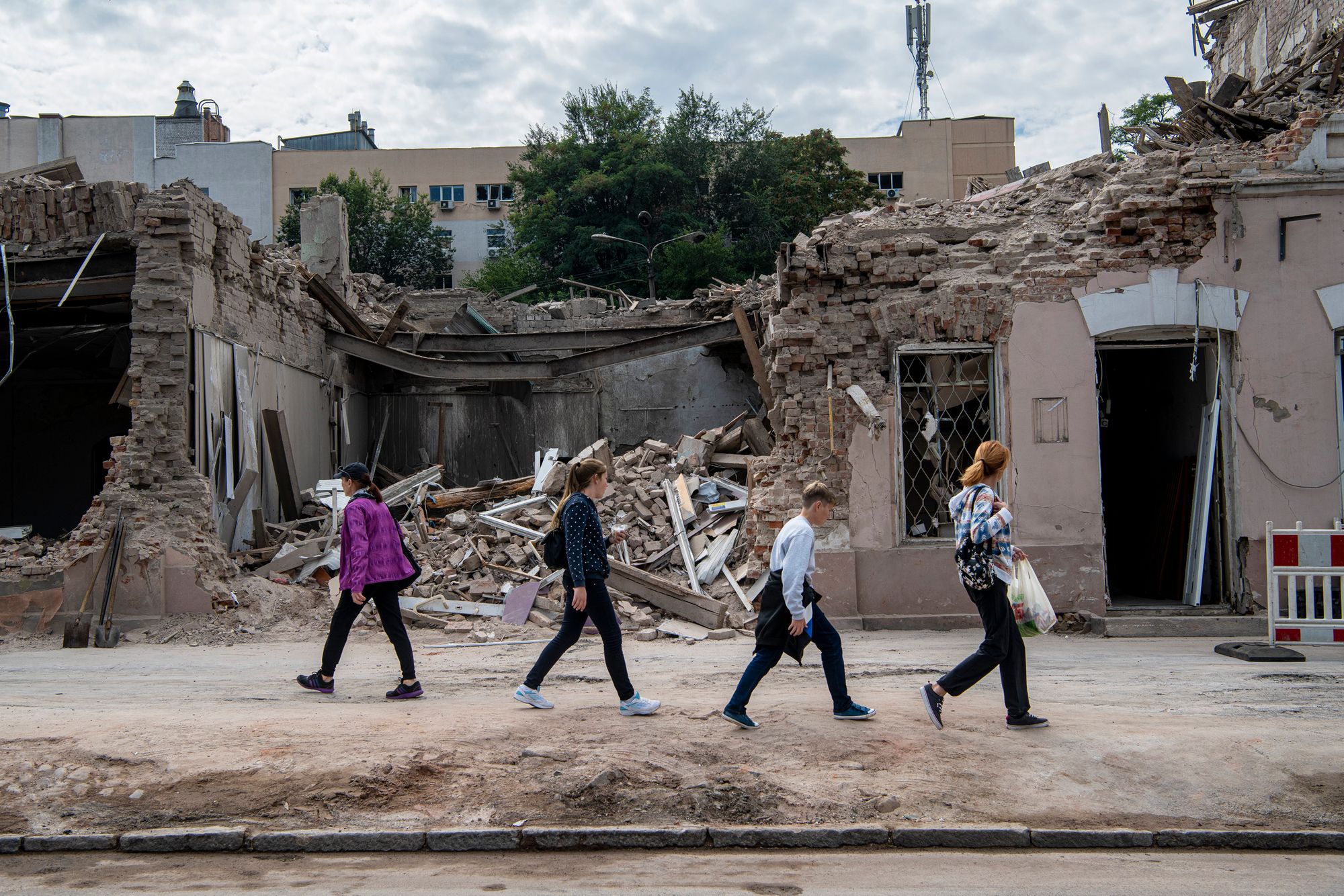

How do you prepare for a journey like this?
For me, it’s a matter of planning in my head what I’m going to face on the ground and how I’m going to manage it as a photographer. In Kherson, I had a tight three-hour timeframe because I had to move with the crew, so I planned in advance to go close because I wanted to do portraits, and I also expected crowds. Otherwise, my strategy is to always put a on GoPro camera, so if anything crazy happens, at least it’s recorded. So as a photographer, I have an extra feed that’s constantly recording the action, so if we’re being shot at, there’s some footage of it.
How does your family feel about all this?
They’re obviously worried, but they leave it to me. I’ve told them how important it is for me to do this firsthand.
Would you have gone alone had you not been invited by the Norwegian TV crew or another press agency?
Deep down I felt that one way or another they were going to invite me. However, I really only go if I can see that it makes sense because there will be an outlet for the material. That’s very important to me because I don’t want to gamble. I am curious and open enough to bring what is actually there. Not glazed over, colored, and distorted. It’s important to me that it’s authentic. I am very happy that these stories have reached millions of people.
How different was the situation out there from what you expected?
I had never been to war before. I was freaking out because I thought we would be lying in trenches like WWII photographers, but luckily that wasn’t the case. Of course, there’s some of that too, but you see very little of it on an average day in most of Ukraine. In Odesa, almost every ordinary activity was still going on when I went there in March. You could go to the beauty salon, have a coffee, go shopping, or even lie on the beach. You could ‘only’ hear about the Russians sending in a drone every other day or blowing up a petrol station, but you mostly heard that on the news. The situation in the border town of Mykolayiv and near the front line was of course more disturbing. There the locals pointed to the craters and said look, this was the university. There burnt-out tanks, crushed civilian cars, cows blown up by landmines, and the remains of ruined churches were common sight. But the country’s everyday life goes on.

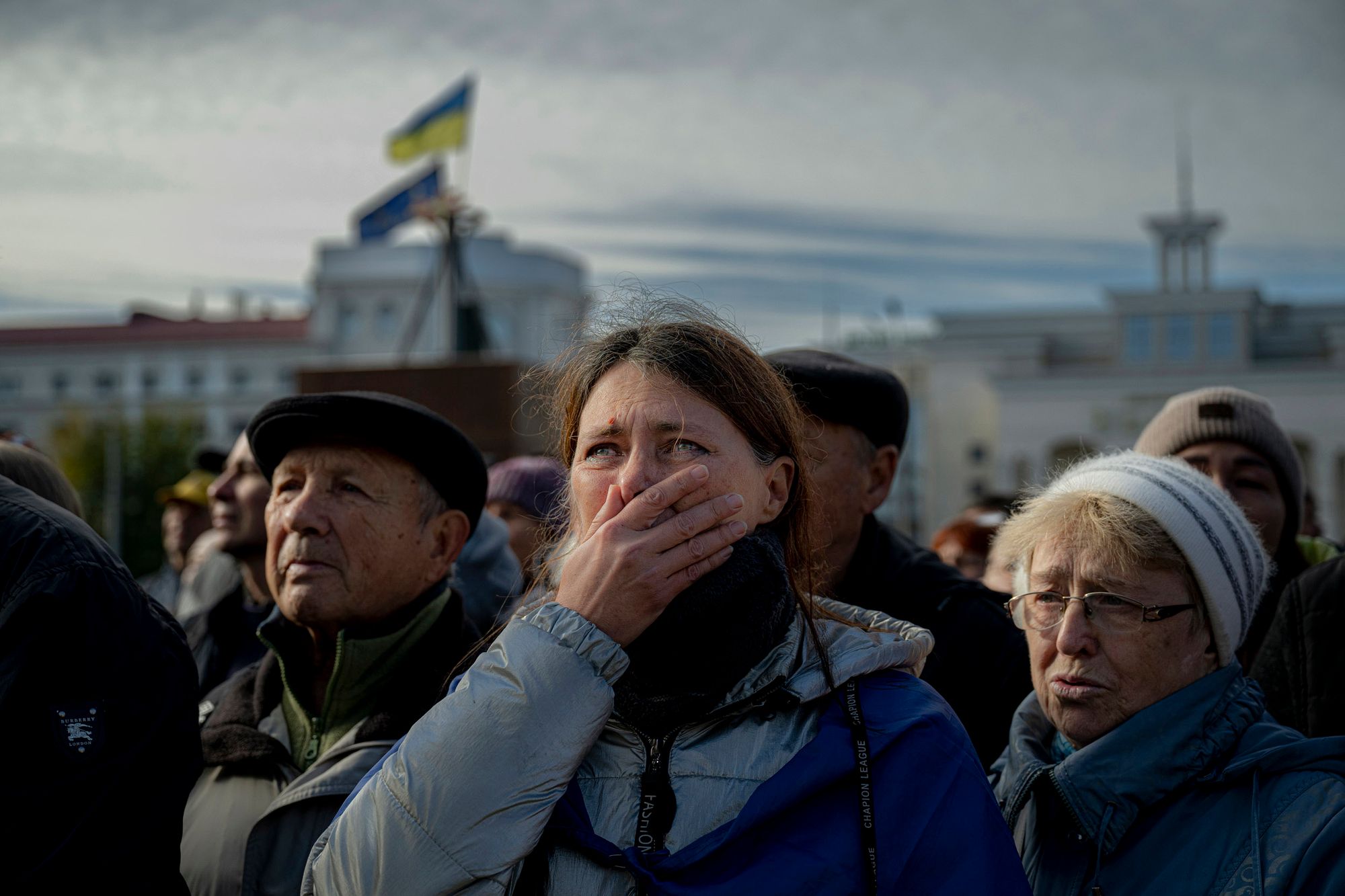
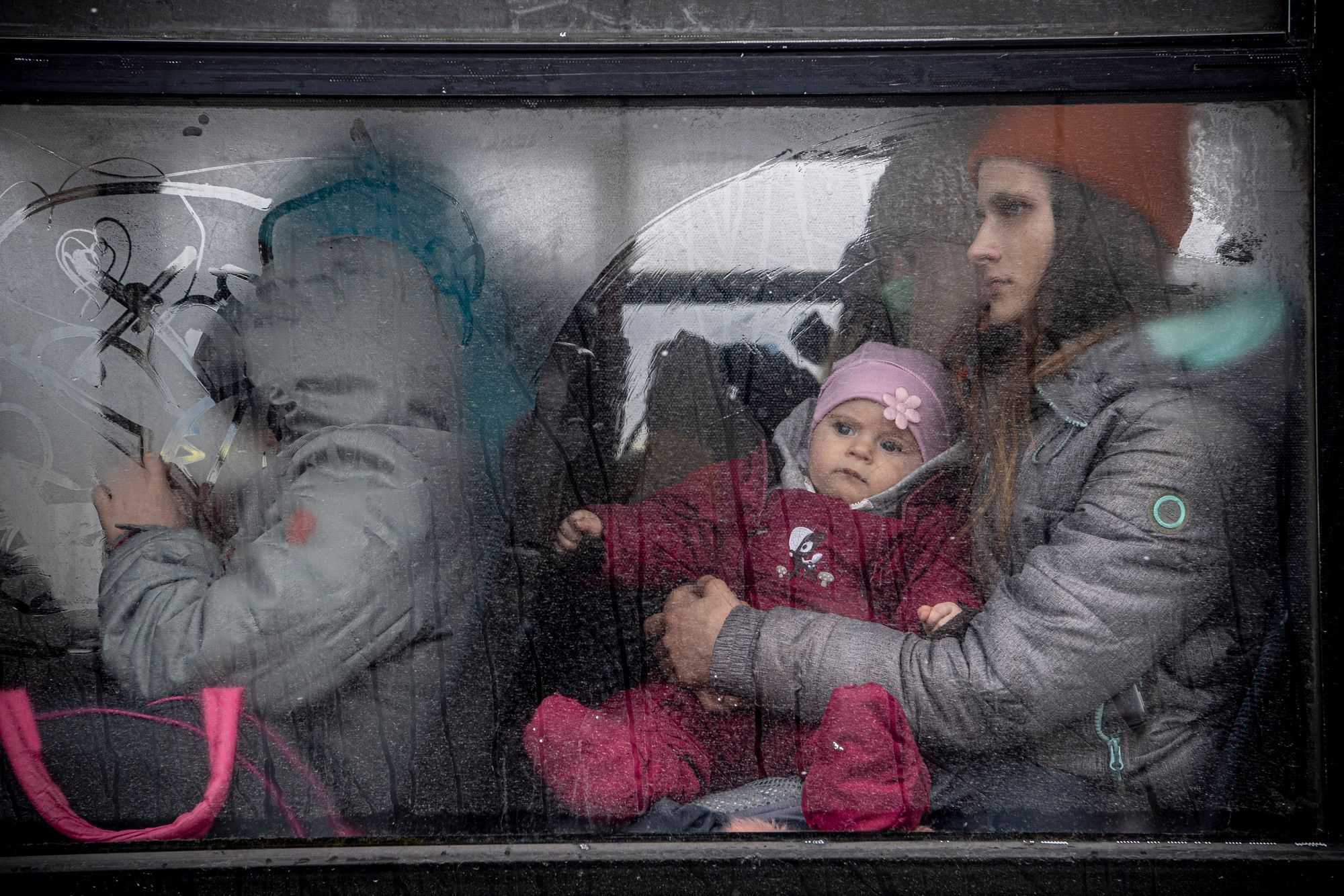
What was it like to work in such conditions?
At first, it’s scary when you hear the gunfire from a distance. That’s when you realize that it really is a war, but then you get used to it and you don’t turn your camera away every time there’s an explosion. For me, photographing kind of puts a shell around me and so it doesn’t feel so scary when I’m working. It takes me out of it because I’m composing, metering, framing, and I’m not dealing with the mines. When I think about war photography, I always remember that the boy I photographed lived there for 9 months during the Russian occupation, and I’m at home having tea. That’s what I use to convince myself that the real danger lies in living there, not in going over there for a few hours to take photos. We mostly didn’t go to places without mine clearance, but of course, it occasionally happened. However, out there sometimes the line of normality gets blurred, like when I was standing next to a lodged-in rocket photographing a church, yet I didn’t really feel in any danger.
Would you go back to photograph a war zone again?
My fear is partly gone, I understand a bit how it all works. Still, I don’t really miss being scared, I’m not an adrenaline junkie. I’m trying to bring back a vision of what was there.
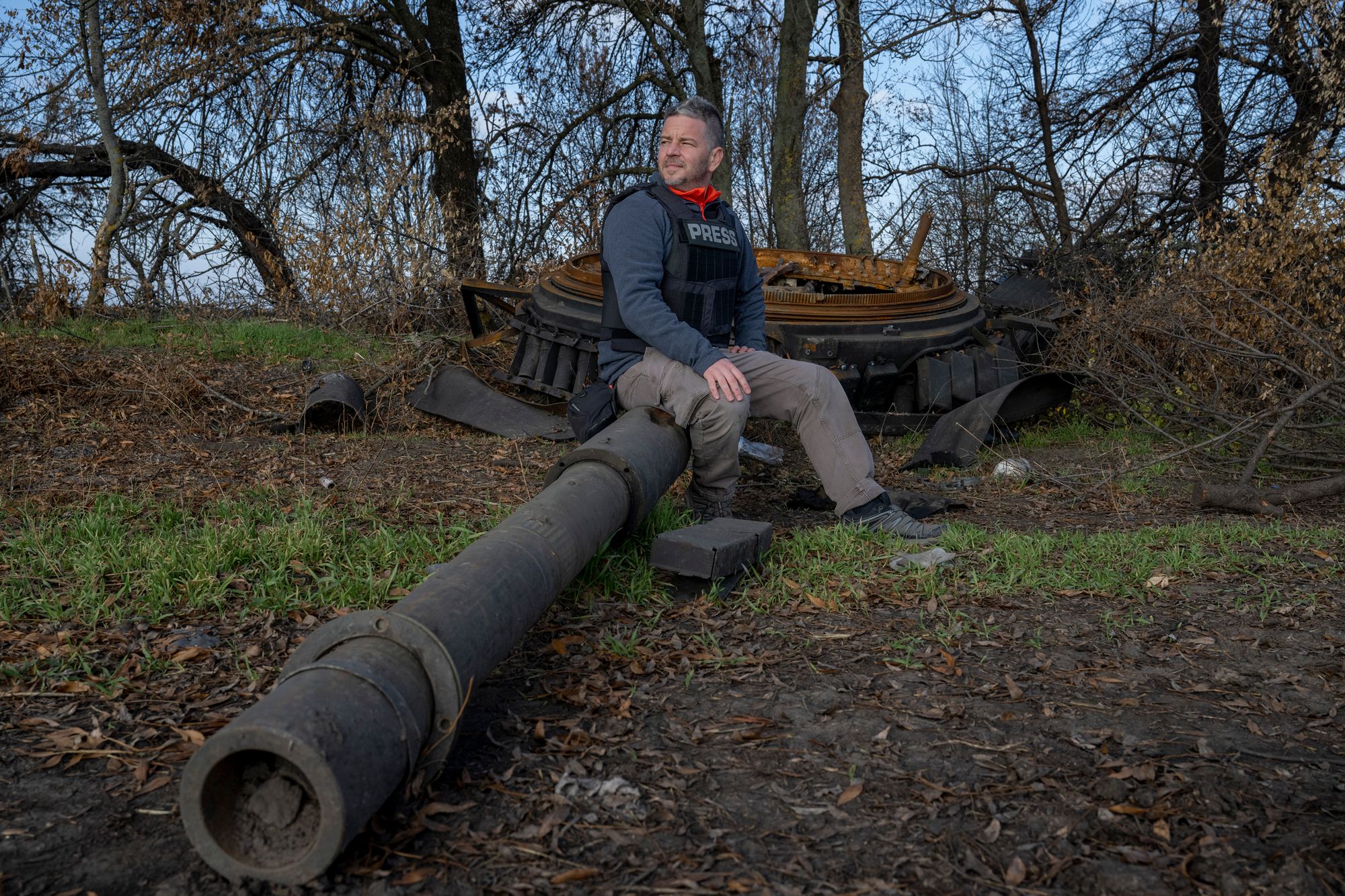
You also teach photography at the Budapest Metropolitan University. With decades of experience behind you, what advice would you give to aspiring documentarists?
What I always say is that you have to take yourself seriously. You have to be obsessed, you have to love your subject, otherwise, there’s no point. I think the key to the whole profession is to make sure that your personality is in tune with what you are doing. That way you get a sense of what’s important and go after it even if no one asks you to. You need a genuine curiosity and a desire to want to pass it on to others. If you can tell it in a way people can understand, you’re already winning. Because it’s not about your ego. You as a photographer are just an intermediary, and if you do your job badly, your message won’t get through.
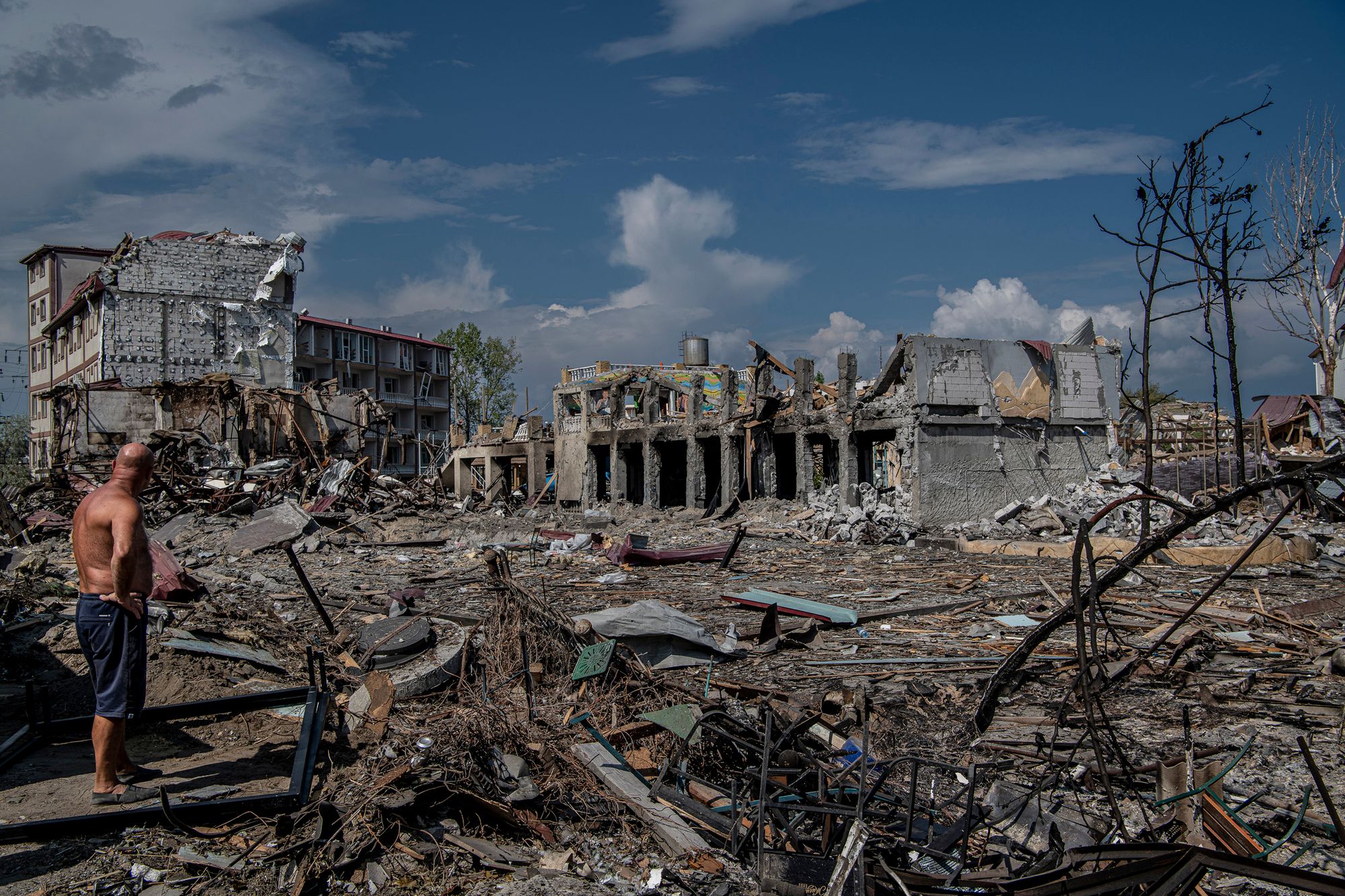
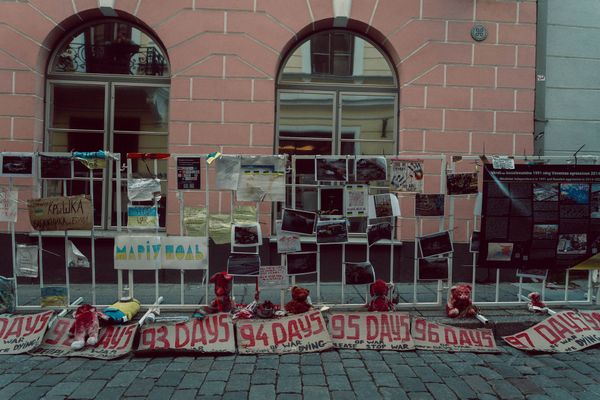
There are facts against the propaganda
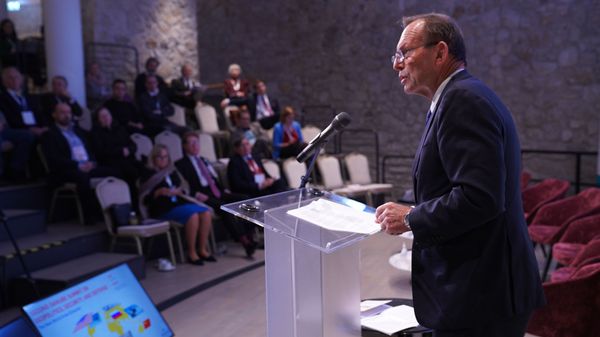
Putin has done an evil thing in an evil way – interview with Tony Abbott










